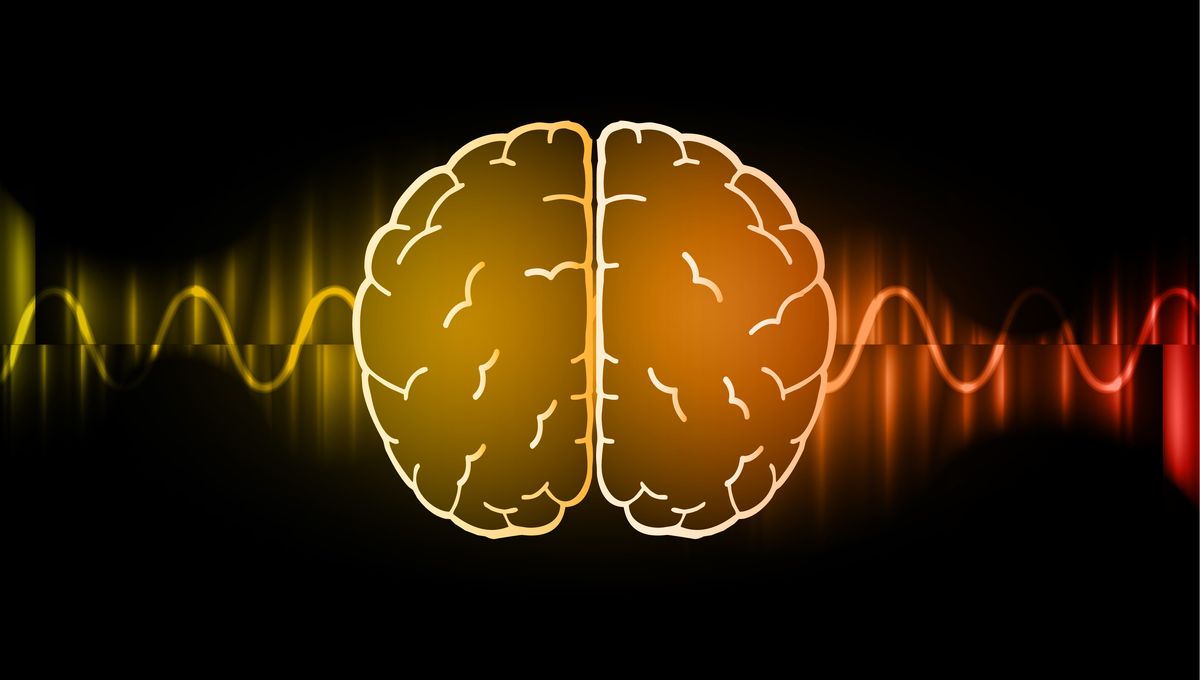![]()
Electromagnetic waves are like energy packets that travel all around us, some with lots of energy and some with less.
Among these waves, the ones with the lowest energy are known as radio waves. You might not realize it, but radio waves are probably moving around you right now, emanating from wifi routers, laptops, and mobile phones.
On the other end of the spectrum, we have the most powerful electromagnetic waves called gamma rays. However, unless you’ve spent time near exploding stars or inside a nuclear reactor, you’ve probably never encountered them.
But there are also electromagnetic waves that we can actually see. This is known as visible light – the light that surrounds us.

Most of the electromagnetic waves around us go unnoticed, but some of them play a crucial role in shaping our everyday experience of the world.
Brain – and body
However, our brain alone cannot detect these waves. It relies on information about electromagnetic waves detected by other parts of our body.
A significant portion of the human brain is dedicated to interpreting a specific type of electromagnetic wave called “visible light.” This type of wave bounces off objects and enters our eyes.
At the back of the human eye, millions of tiny cells produce electrical signals when they are hit by an electromagnetic wave with a particular amount of energy. Some cells detect the energy associated with the color “red,” while others are specialized for “green” or “blue.”
The eye then sends electrical signals to the brain, describing the type of electromagnetic wave it has detected – the color of the light and its source. Through an incredibly complex sequence of electrical signals, a person with sight experiences the sensation of “seeing.”
It’s important to note that human eyes can only detect visible light and not other types of electromagnetic waves. This is simply how our eyes have evolved. Other animals, like butterflies, have evolved differently. For example, butterflies can see slightly higher energy electromagnetic waves that our eyes cannot detect, known as ultraviolet. Some flowers reflect a lot of ultraviolet waves, making it easier for butterflies to find them for food.
Invisible waves
Another type of electromagnetic wave that our brain indirectly perceives is called infrared. We sense this as heat.
When you stand near a bonfire, your skin detects the fire’s infrared electromagnetic waves. It then sends electrical signals to the brain, alerting it to the presence of heat nearby. Without the help of our body, the brain would be unable to detect this wave.
However, the human body has no natural way to detect radio waves, so our brain remains completely unaware of them as they pass through us. But we can use technology, such as radios or wifi, to convert the electrical energy in radio waves into something we can detect, like the music playing on a radio station.
We also rely on technology to detect x-rays, another type of electromagnetic wave. X-rays are used in hospitals to examine the inside of our bodies, such as checking for broken bones. During an x-ray, specialists pass the x-rays through our bodies, and a machine can determine how easily the x-rays traveled through different parts. Areas that are more difficult for the x-ray to pass through, like bones, appear as white on the image.
Although our brain is incredibly intelligent, it would be nothing without the information it receives from the rest of our body. Our experiences and sense of self come from our body, organs, and senses detecting the world around us and relaying that information to our brain.
After a complex series of tiny electrical signals, we have a conscious experience of being ourselves, inside our bodies, in a world filled with electromagnetic waves.
![]()
Damian Cruse, Associate Professor in the School of Psychology, University of Birmingham
This article is republished from The Conversation under a Creative Commons license. Read the original article.








